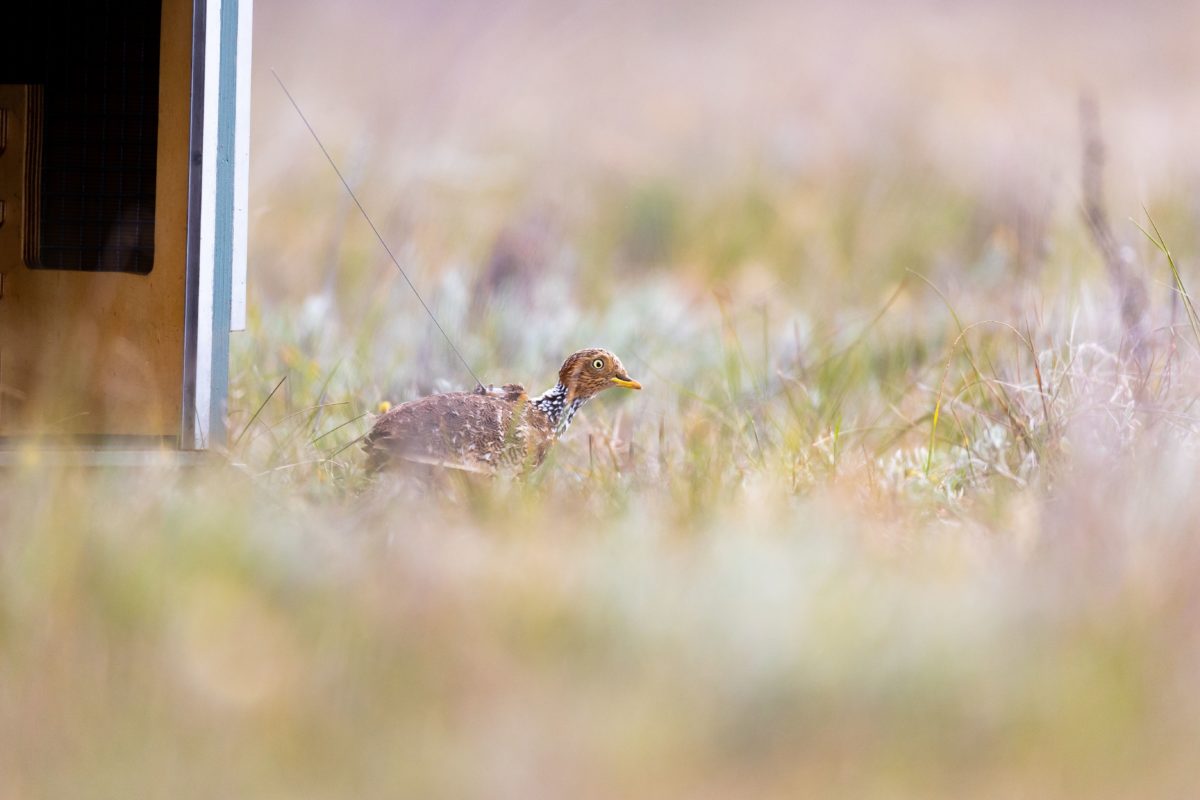Researchers hope to learn about the movements of critically endangered plains-wanderers using solar-powered transmitters backed by satellite tracking technology.
Plains wanderers, small, ground-dwelling birds found mainly in the semi-arid grasslands of the New South Wales (NSW) Riverina region and north-western Victoria, were declared critically endangers by the Australian government in 2015. Recent estimates suggest there are just 500 to 1,000 of the elusive bird left in the wild.
Now 15 plains wanderers and their solar-powered backpacks have been released into Oolambeyan National Park in the Riverina as part of the conservation effort between the NSW, South Australia and Victorian governments. It is the second release in NSW after 10 birds were released near Hay in March. Sixteen were released in Victoria in 2021.
Researchers have previously struggled to understand the movements of the birds in the wild, but the tiny solar-powered tracking devices are expected to shed new light on their behaviour.
The technology, sourced from United States-based Microwave Telemetry, comprises a rechargeable battery powered by high-efficiency miniature solar cells. Each unit is programmed to regulate battery charging for continuous transmission.

Image: Alex Pike/NSW Department of Planning and Environment
The individual unit measures about 2 cm x 1.2 cm x 0.85 cm and weighs in at 2 grams. With a supply voltage of approximately 3.6 to 4 volts, it has a power output of 80 milliwatts.
The new solar-powered backpacks can provide data for up to two years and will be tracked by satellite. Previously, tracking was limited by a 12-week battery life and the birds could only be followed with a transmitter in the field.
NSW Environment Minister James Griffin said tracking their movements following release was “the culmination of work aimed at bringing the species back from the brink”.
“They’re a critical part of the ecosystem because their presence or absence is an indicator of the health of their native habitat,” he said.
“These solar backpack-wearing plains wanderers are paving the way for us to gather important data, which will ultimately help us improve our conservation efforts for wild populations into the future.”
This content is protected by copyright and may not be reused. If you want to cooperate with us and would like to reuse some of our content, please contact: editors@pv-magazine.com.



